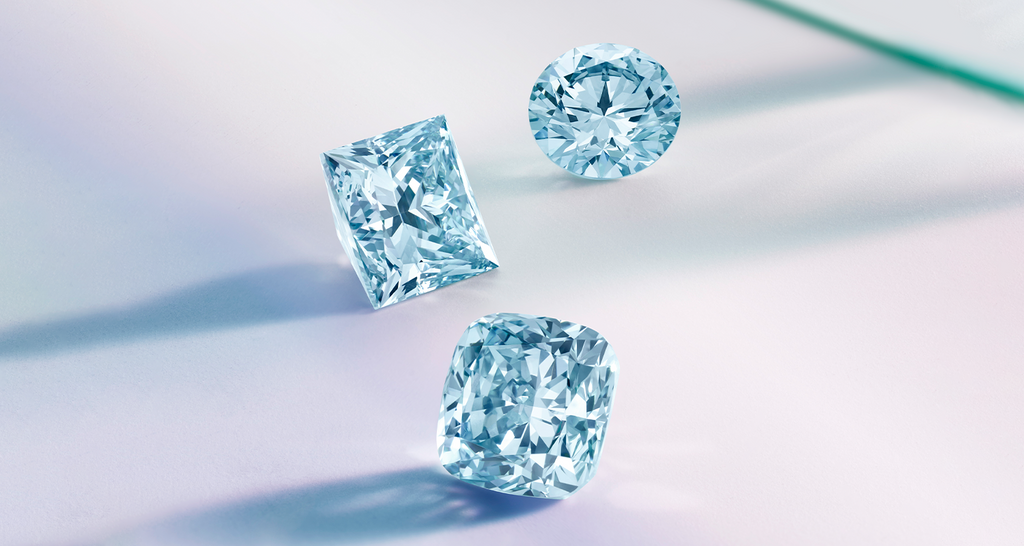Lab-created diamonds have revolutionized the jewelry industry, offering a sustainable and ethical alternative to mined diamonds. Among the methods used to produce these diamonds, the High Pressure High Temperature (HPHT) process stands out for its ability to create high-quality diamonds that are virtually indistinguishable from their natural counterparts. This article explores the HPHT method, the benefits of lab-grown diamonds, and why they represent the future of the diamond market.
Understanding the HPHT Method
The Science Behind HPHT Diamonds
The High Pressure High Temperature (HPHT) method mimics the natural formation of diamonds deep within the Earth’s mantle. This process involves subjecting carbon to extremely high pressures (over 5 GPa) and temperatures (over 1,500°C) to create diamonds. The HPHT method produces diamonds with the same physical, chemical, and optical properties as natural diamonds, ensuring they exhibit the same brilliance and durability.
Steps in the HPHT Process
- Diamond Seed Placement: A small diamond seed is placed in a carbon source within a press.
- High Pressure and Temperature Application: The press applies high pressure and temperature to the carbon source, causing the carbon atoms to bond and form a diamond.
- Growth Monitoring: The growth process is closely monitored to ensure the diamond forms correctly.
- Cooling and Harvesting: Once the diamond has formed, it is slowly cooled and harvested from the press.
Advantages of HPHT Lab-Grown Diamonds
Quality and Purity
HPHT diamonds are known for their high quality and purity. The controlled environment allows for the production of diamonds with fewer inclusions and impurities compared to many natural diamonds. This results in diamonds that are often of superior clarity and brilliance.
Color Customization
The HPHT process allows for the creation of diamonds in various colors. By adding specific elements during the growth process, manufacturers can produce diamonds in a range of hues, from classic white to vivid blue, pink, and yellow. This ability to customize color makes HPHT diamonds a popular choice for unique and personalized jewelry pieces.
Cost-Effectiveness
Lab-grown diamonds produced through the HPHT method are generally more affordable than natural diamonds. The reduced cost is due to the efficient production process, which eliminates the need for extensive mining operations. This affordability makes high-quality diamonds accessible to a broader range of consumers.
Lab-Grown Diamonds vs. Natural Diamonds
Environmental Impact
The environmental impact of diamond mining is significant, often leading to deforestation, habitat destruction, and water pollution. In contrast, the HPHT method of creating lab grown diamonds has a much smaller ecological footprint. This makes lab-grown diamonds an eco-friendly choice for environmentally conscious consumers.
Ethical Considerations
Lab grown diamonds hpht are free from the ethical issues associated with mined diamonds. Traditional diamond mining can involve exploitative labor practices and contribute to conflicts in certain regions. HPHT diamonds are produced in a controlled environment, ensuring they are conflict-free and ethically sourced.
Physical and Chemical Properties
HPHT diamonds share the same physical and chemical properties as natural diamonds. They are composed of pure carbon and exhibit the same hardness, brilliance, and sparkle. Advanced technology ensures that HPHT diamonds are virtually indistinguishable from natural diamonds, even to experienced gemologists.
Popular Uses of HPHT Lab-Grown Diamonds
Engagement Rings
lab created diamonds are increasingly popular for engagement rings. The ability to customize size, color, and clarity allows couples to choose a diamond that perfectly reflects their style and preferences. The affordability of HPHT diamonds also enables the purchase of larger and higher-quality stones within the same budget.
Fashion Jewelry
From earrings and necklaces to bracelets and rings, HPHT diamonds are used in a wide range of fashion jewelry. Their brilliance and variety of colors make them a versatile choice for designers and consumers alike. Lab-grown diamonds offer an ethical and sustainable option for creating stunning jewelry pieces.
Industrial Applications
Beyond jewelry, HPHT diamonds have applications in various industries. Their hardness and durability make them ideal for cutting, grinding, and drilling tools. The precision and quality of lab-grown diamonds ensure their effectiveness in demanding industrial processes.
The Future of Lab-Grown Diamonds
Technological Advancements
Ongoing advancements in technology continue to improve the quality and affordability of HPHT diamonds. Innovations in the production process are leading to the creation of even larger and more flawless diamonds, further enhancing their appeal.
Increasing Consumer Awareness
As consumers become more informed about the environmental and ethical benefits of lab-grown diamonds, their popularity is expected to rise. Educational campaigns and increased visibility in the market are driving this shift, making lab-grown diamonds a preferred choice for many.
Expanding Market
The market for lab-grown diamonds is expanding, with more retailers offering a wide selection of options. This increased availability makes it easier for consumers to find the perfect lab-grown diamond to suit their needs, whether for engagement rings, fashion jewelry, or industrial applications.
Conclusion
HPHT lab-grown diamonds represent a significant advancement in the diamond industry, combining quality, affordability, and ethical sourcing. These diamonds offer the same brilliance and durability as natural diamonds while addressing environmental and ethical concerns. As technology continues to evolve and consumer awareness grows, lab-grown diamonds are set to become the future of the diamond market.

